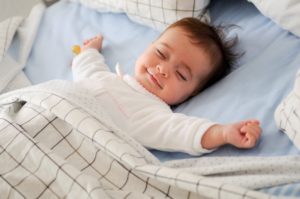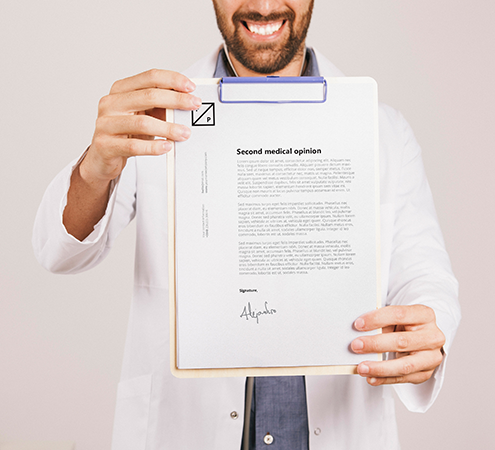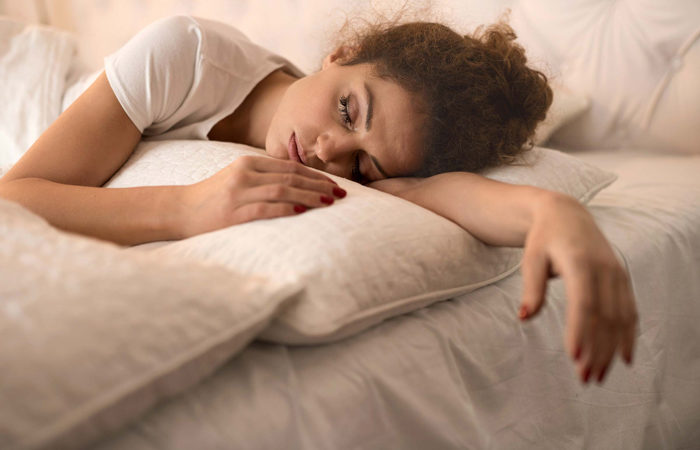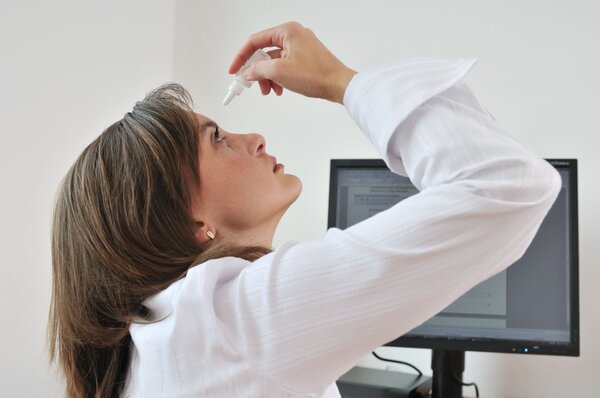A problem that affects a child’s breathing during sleep. Occurs due to obstruction of air flow to the lungs. Apnea means a pause in breathing of at least 10 seconds. A child with obstructive sleep apnea has breaks in the air intake to the lungs, these breaks occur occasionally.

Children who have frequent apnea have poor sleep quality. Over time, if left untreated, sleep apnea can lead to serious health problems. About 10 percent of children snore regularly, but only about 1-5% of children who snore have sleep apnea.
In what conditions does obstructive sleep apnea occur in children?
There may be several risk factors for sleep apnea in children. The most common risk factors for OSA in children are:
– Large tonsils and / or adenoids: Large tonsils and / or adenoids can block the airways. This is the most common risk factor for OSA in children. Tonsils and adenoids are lymph nodes that enlarge in infections, allergies, acid reflux, and some types of anemia. Many children have large tonsils or adenoids, but not all will have sleep apnea.
Obesity: Children who are very obese are more likely to have sleep apnea.
– Muscle tone problems: Children may have trouble breathing during sleep because the throat muscles relax too much and block the airways. This can happen to any child, but especially to children with muscular dystrophy and cerebral palsy.
– Genetic Syndromes: Children with certain genetic diseases such as Down syndrome and Prader-Willi syndrome may have OSA.
– Visible or subtle changes in the morphology of the face and throat – may be a risk for sleep apnea. For example, a small chin or throat, a large tongue, or a cleft palate can result in OSA.
– Respiratory control problems: Some brain development problems may affect a child’s breathing during sleep.
– Family history: Sleep apnea can occur in other family members, so the child’s risk for OSA is higher if another family member has similar symptoms.
How can a parent suspect sleep apnea in their child?
There are many indications that your child may have sleep apnea. During sleep, your child may have:
– Snoring that may or may not be loud. Snoring may be occasional at night, but is heard every night.
– Have shortness of breath or hunger for air while your child is lying on his back.
– Breathing is intermittent.
– Problems with breathing through the nose, children keep their mouths open. This is also noticed during the day.
– Restless sleep with frequent turning or taking an unusual position.
– Frequent waking from sleep
– Occurrence of nocturnal urination, especially if your child has already established control of the sphincters, ie has stopped urinating in bed at night.
Insufficient sleep at night can cause difficulties during the day. Children with sleep apnea may have:
– Attention problems or poor performance at school.
– Hyperactivity and other behavioral problems.
– Personality changes such as strange behavior or nervousness.
– Drowsiness – falls asleep in class at school.
– He is always tired and reluctant to play.
– There are headaches, especially in the morning.
– Speaks typically (nasal speech).
What problems can occur if sleep apnea is not treated?
Sleep apnea can affect the quality of life of your child, but also you as parents. Failure to recognize this condition and its untimely treatment can cause serious problems sooner or later.
Some children may have problems with growth and development. Sleep apnea can also be caused by other medical conditions such as high blood pressure (hypertension), heart attack.
How can parents find out if their child has obstructive sleep apnea?
A parent who notices the previously mentioned changes in their child should seek advice and help from their family doctor or seek help from a specialist pediatrician, otolaryngologist, neurologist, endocrinologist to determine the causes of this condition. Confirmation of the existence of OSA during sleep is with polysomnographic imaging that will give an answer about the severity of symptoms during sleep.
The recording takes place at home after the previous application of a small camera (polysomnograph). Reading the imaging findings will provide an answer to the severity of the condition and a therapeutic approach in resolving it.











